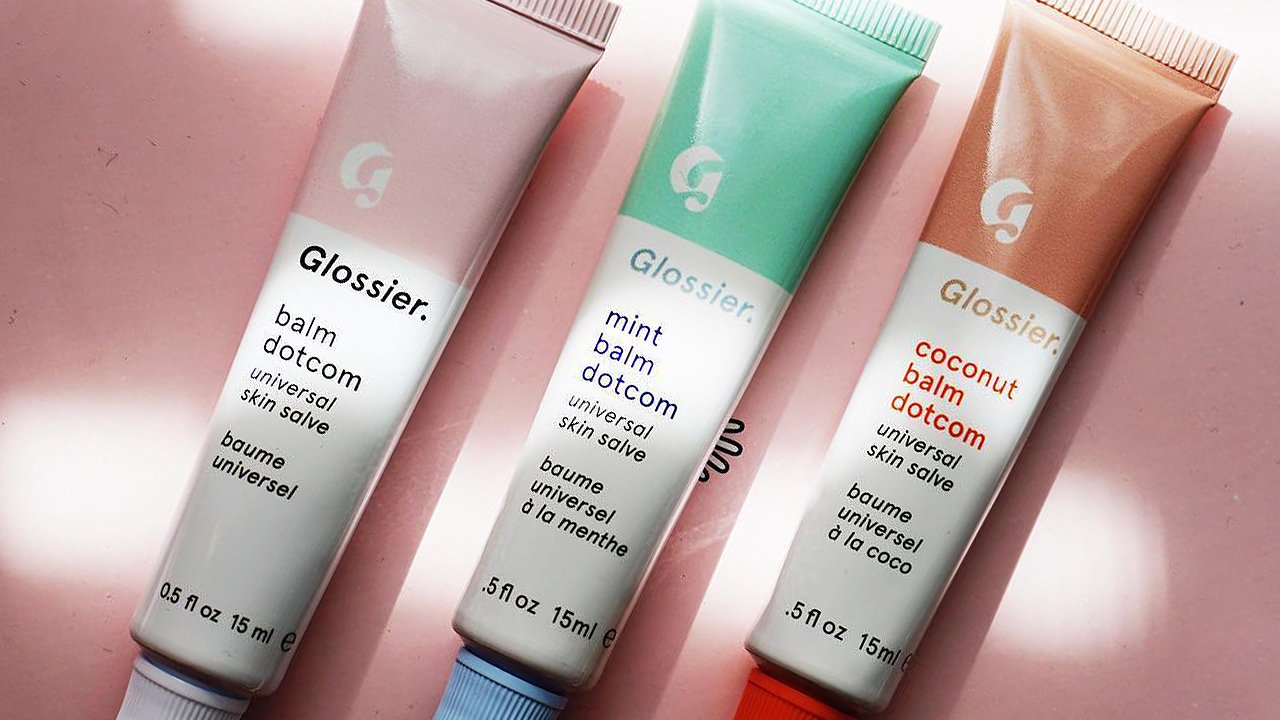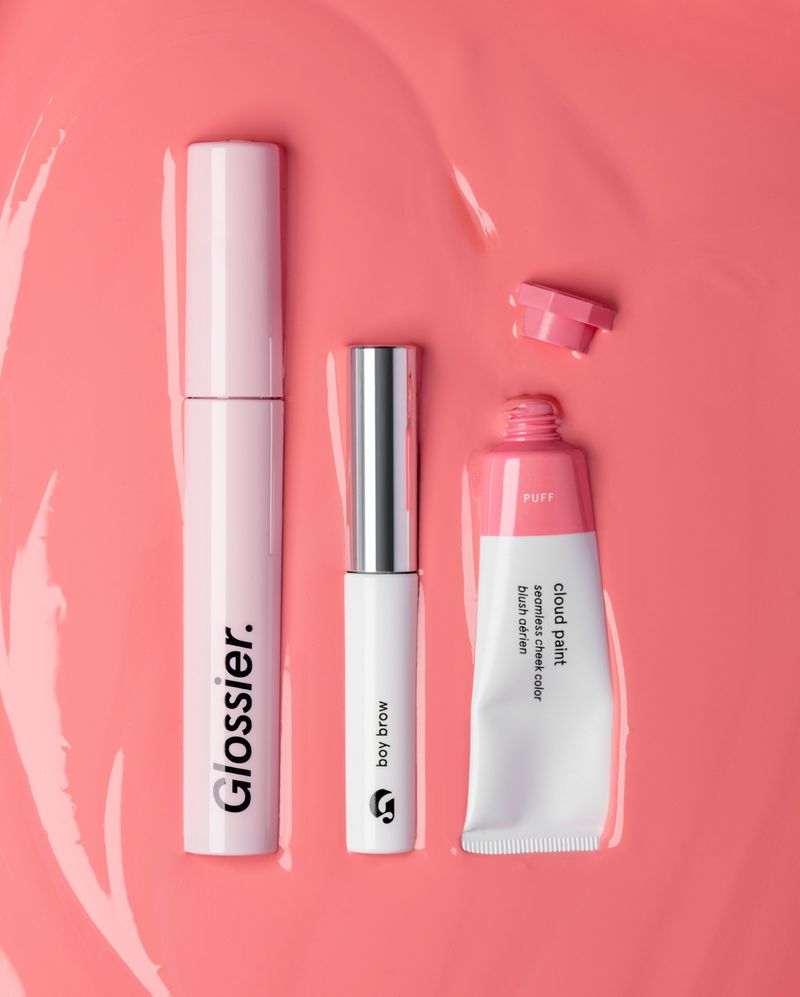Brands That Resonate: The Formula

Brands That
Resonate:
The Formula
When people ask me what kind of marketing I want to do, people tend to expect an answer that fits into one of two categories: sales or advertising.
Unfortunately for the neatly categorized boxes that organize people’s brains, the marketing I’m interested in has next to nothing to do with either of those things.
I care about brands.
I care about brands that mean something.
So what makes a brand meaningful? What makes a brand more than a brand?
Personally, I don’t think it’s the ads.
Brands that really resonate with their audiences have something else…
Consumer Data
+
Company Mission
+
Meaningful Experiences
1. Consumer Data
Firstly, brands that resonate have data. They know their consumers intimately. They know what they want, who they are, and what hole in their life isn’t being filled by the current market. They’ve invested in developing detailed customer personas that guide not only their messaging but the core of their business model.
There’s so much more to know about a market than its demographics. And to really know a market, brands have to talk to them.
Literally.
Focus groups, interviews, high-value customer Slack channels, surveys, pop-ups, and the like all create channels for open, two-way communication (the building blocks for successful branding and business in today’s world) that allow brands to dive deep into the culture of their consumers.
Brands can listen to what consumers have to say about the state of the company’s industry, society, and the world. They can hear what consumers think about the products the company is producing, the messaging they’re using, and all the other things that matter to this segment of people.

CASE STUDY: Glossier
Glossier is a game-changing makeup company based out of New York City that is putting “skincare first.” It was founded by an editorial assistant at Vogue who started a blog solely about the beauty routines of the celebrities she talked to while prepping them for their photoshoots.
Through those conversations, she started to detect a trend: women’s perspectives on makeup were changing, but the beauty industry wasn’t. They weren’t satisfied with the offerings on the market.
Enter, Glossier, a company founded on direct consumer insight. The privately-owned start-up company (valued at $1.2 billion in 2019, five years after its launch) is still at it, collecting inspiration for each of its newest products via a Slack channel filled with its highest-value customers. The channel is monitored by the founder and CEO Emily Weiss herself.



Once a company knows its market like this, they can start building their company mission.
2. Company Mission + Values
Once the research is done, successful brands build a mission statement around the overlapping cause(s) that both the people in the company and the people that make up the company’s core customer base care about.
Notice the overlapping element. Any company would be hard-pressed to pick a buzzy “cause” out of the air and expect to use it to build authentic, meaningful, and prosperous relationships with their market.
No, this needs to be a cause the company, at its core, genuinely resonates with. Because being authentic doesn’t come about by posting timely Instagram posts about equality or sustainability. Every other company under the sun is jumping on the “causes” bandwaggon, and customers see right through them. The cause that a brand aligns itself with will be something that shapes everything from the products it produces (@Glossier) to its supply chain and sourcing (@Reformation, case study below).
The best values for a company to adopt are the ones that organically arise from the causes and interests of the shareholders. The biggest problems arise when a company’s mission or values are chosen solely based on a strategic bid for consumer dollars. Eventually, these “values” will come into conflict with making money, and the most sure-fire way to extinguish customer loyalty is to make business decisions that betray the company’s cause.
While every business’s first priority is to make money (as it should and has to be), businesses should focus on prioritizing two additional things:
- Investing in the community, people, and society that makes it possible for the company to exist.
- Ensuring customers know and have faith in the company by being authentic, transparent, and consistent.
These things will establish a loyalty base that will continue to pay in terms of ROI for the long haul (something too many businesses sacrifice in favor of short-term benefits).
Being accountable to the mission you align your brand with is imperative to building the cult-like following that so few businesses realistically achieve.

CASE STUDY: Reformation
The executives at Reformation, a women’s clothing company based out of Southern California, are dedicated to mitigating the dangers of fast fashion and the detrimental effects it’s having on our planet. So are their customers.
The company has based its entire supply chain system, business model, and brand identity around sustainable fashion. The company has built its mission “to bring sustainable fashion to everyone” into the core identity of the brand and into the fundamental framework of its business model by:
- Sourcing sustainable, vintage fabrics
- Keeping itself accountable through third-party sustainability “report cards” that rate the effectiveness of its sustainability efforts (which they publish publically on their website)
- Providing education on the impacts different systems and materials have on our environment
- Teaching customers how to best care for their clothes while producing the least waste
- Donating to sustainability programs such as the Brazilian Rosewood Amazon Conservation Project



3. Meaningful Experiences
Enter: Meaningful Experiences, the most visible part of the equation where all the internal research and character-building finally reach the consumer.
Meaningful experiences are crafted with creativity, authenticity, engagement, and connection in mind.
The goals for any brand experience are to:
- Engage the consumer in a way that creates a space in his or her mind for the brand to live as more than a company, but as an entity they know, love, and want to be a part of,
- Earn consumer trust by establishing the authenticity of the brand’s culture, purpose, and identity (consistency is key, here), and
- Add value to consumers’ lives.
Meaningful experiences aren’t limited to big, expensive events like pop-ups and conferences, either. Brand experiences are in every channel the company uses to interact with its market: social media, email, website copy, ease of access, retail atmosphere, advertisements, customer service systems, and even the business’s structure itself. It all comes together to create a shopping experience that either delights and resonates or doesn’t.
Brands don’t need the budgets of Nike or Glossier to build loyal relationships with their audiences. What they need is to be creative, authentic, interactive, and consistent. Sending mixed messages about what a company values, sticking with age-old marketing techniques to tell the consumer what they want instead of using social listening to find out what consumers want, and expecting to build valuable relationships with consumers by talking at them rather than with them, are the tactics that will destroy brand trust.
Putting It All Together
The goal is to combine data, values, and experiences to build relationships that create repeat customers and foster word of mouth.

CASE STUDY: Nike
As marketers, we’re all familiar with Nike’s high-profile marketing tactics, such as its controversial campaign supporting Colin Kaepernick’s refusal to kneel during the national anthem. Nike has based a lot of its branding around its mission and company purpose “to bring inspiration and innovation to every athlete in the world.”
They recently hosted what they called the Nike Legacy Summit. It’s a perfect example of the formula I’m presenting here.
From a report by Women’s Sport Foundation, they saw that 93% of girls who are already playing a sport, love or like their sport. Still, girls are twice as likely as boys to drop out of their sport by the time they’re 14 years old.
The brains at Nike, having the data to inform their campaign and the dedication to Nike’s mission to guide it, created a meaningful experience by partnering with the City of Los Angeles to host a conference to train 500 attendees on the “principles and strategies for coaching girls.” The summit was lead by professional female athletes and the Los Angeles mayor.
Each of the three companies explored above have followed and continue to follow the same basic formula of using communication and data to know their consumers, building their values into the core of their business models and brand identities, and creating brand experiences that add value to their consumers’ lives.
It’s no coincidence that each of these companies have cult-like followings that have catapulted each of them to undeniable success.
This is the kind of marketing that matters.
This is the kind of marketing that means something.
And this is the kind of marketing that will define the businesses that define the future of business.
Long time supporter, and thought I’d drop a comment.
Your wordpress site is very sleek – hope you don’t mind me asking what theme you’re using?
(and don’t mind if I steal it? :P)
I just launched my site –also built in wordpress like
yours– but the theme slows (!) the site down quite a
bit.
In case you have a minute, you can find it by searching
for “royal cbd” on Google (would appreciate any feedback) – it’s still
in the works.
Keep up the good work– and hope you all take care of yourself during
the coronavirus scare!
Hi Justin,
I’m glad you’re a fan! I use Kale, a free theme by LyraThemes. I have to warn you, though, I used a lot of CSS code to personalize the site. RoyalCBD.com looks amazing, though. Who designed it? It’s stunning. May I ask how you found my site?
Good luck with your new site!
Samantha